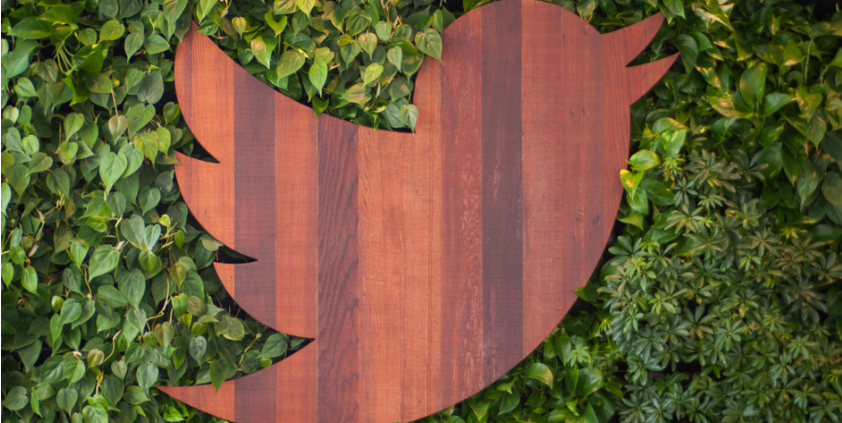New opportunities on Twitter for PRs
Twitter reported its financial results for the quarter ending in December 31, 2015 yesterday (10 February), highlighting its hopes for user growth, its focus on marketing and creating a safer environment for users.
The social media platform has been at the centre of speculation over its future plans and has received some criticism – mainly in reference to a slowdown in the growth of its user base.
Twitter is, however, a fixture of the modern media landscape and a key tool for the PR industry. So, here are some key points you might take from its latest announcements if you want to know more about Twitter’s future plans and what they might mean for media:
User growth is still slowing for the platform
Twitter says it reached 305 million people in the fourth quarter of last year compared to 307 million users in its third quarter between August and October 2015.
While this showed a growth of nine per cent year-on-year, it shows that Facebook, which has 1.2 billion active users, is far ahead in terms of its user base.
However, Twitter’s leadership hopes 2016 will see progress, especially after it made an algorithm change to its service (10 Feb), placing popular tweets at the top of the chronological timeline which each user sees.
Anthony Noto, Twitter’s chief financial officer, said it saw user-growth in January: “We’re seeing an increase in new users to the top of the funnel. We’re also seeing an increase in resurrected users to the top of the funnel. And we’re seeing a continued improvement in retention within the funnel, so all three are working for us.”
Twitter is offering a wider range of marketing opportunities for brands
Twitter reported that it worked with 130,000 marketers in its last quarter of 2015. It plans to increase its offering by making timeline changes, providing further tools for “influencers” and providing further “promoted video” functions.
Twitter will now place a batch of Tweets at the top of the timeline each user sees, showcasing important Tweets users may have missed. In turn, brand messages with lots of interaction will not get lost. In addition, the platform plans to give influencers ‘better tools’ to interact with fans, according to its end of year shareholder letter.
Twitter also continues to invest in its ‘promoted video’ formats, which auto-play within a consumers timeline and have shown promising results since its launch in June 2015, according to the executives. The platform is set to launch a “conversational video ad unit”, which features customisable call-to-action buttons that encourage consumer response.
Twitter’s shareholder letter said EA Sports piloted the new unit: “One of the first marketers to use this new video ad unit in the pilot was EA Sports, who drove over 19 million paid impressions and 15 million organic impressions – delivering an earned media rate of greater than 78% – for their #MyMaddenPrediction contest.”
Safety is a priority
Twitter has announced it’s taking more steps to be a friendlier, safer place by forming the “Twitter Trust and Safety Council”, a partnership with 40 anti-harassment advocacy groups such as the Center for Democracy and Technology, Connect Safely and the Internet Watch Foundation.
The group of safety advocates, academics, grassroots organisations and community groups will aim to reduce aggressive and nasty comments, which will not only reduce the noise on the service and be of benefit to consumers but may also help brands to keep spam off their feeds.
Jack Dorsey, Twitter’s CEO, said: “This year we will implement technology to help us detect the use of repeat abusive accounts, make it much simpler to report multiple abusive Tweets or accounts, and give people simpler tools to curate and control their experience on Twitter.”
Gorkana asked Andrew Bloch, founder and group managing director of Frank PR, about the recent changes to the platform and the opportunities they offer for PRs and brands.
He said: “Twitter’s unique characteristics are particularly advantageous to the PR industry: engage directly with key influencers, promote clients, stay informed about current news, and get quick access to the insights of others. It offers many tools that PR professionals need, and many benefits if used effectively and consistently.”
On Twitter’s algorithmic timeline change, Bloch said: “From a brand perspective, it means that organic content has a better chance of getting ‘top billing’ – as long as that content is relevant and interesting.”
He explained: “It will allow brands to hijack the news agenda, so that, for example a British follower interested in the Super Bowl would wake up to see content posted by Super Bowl advertisers that they would perhaps have previously missed. This provides a great opportunity for smart brands to commandeer the news agenda in a relevant and engaging manner.”






